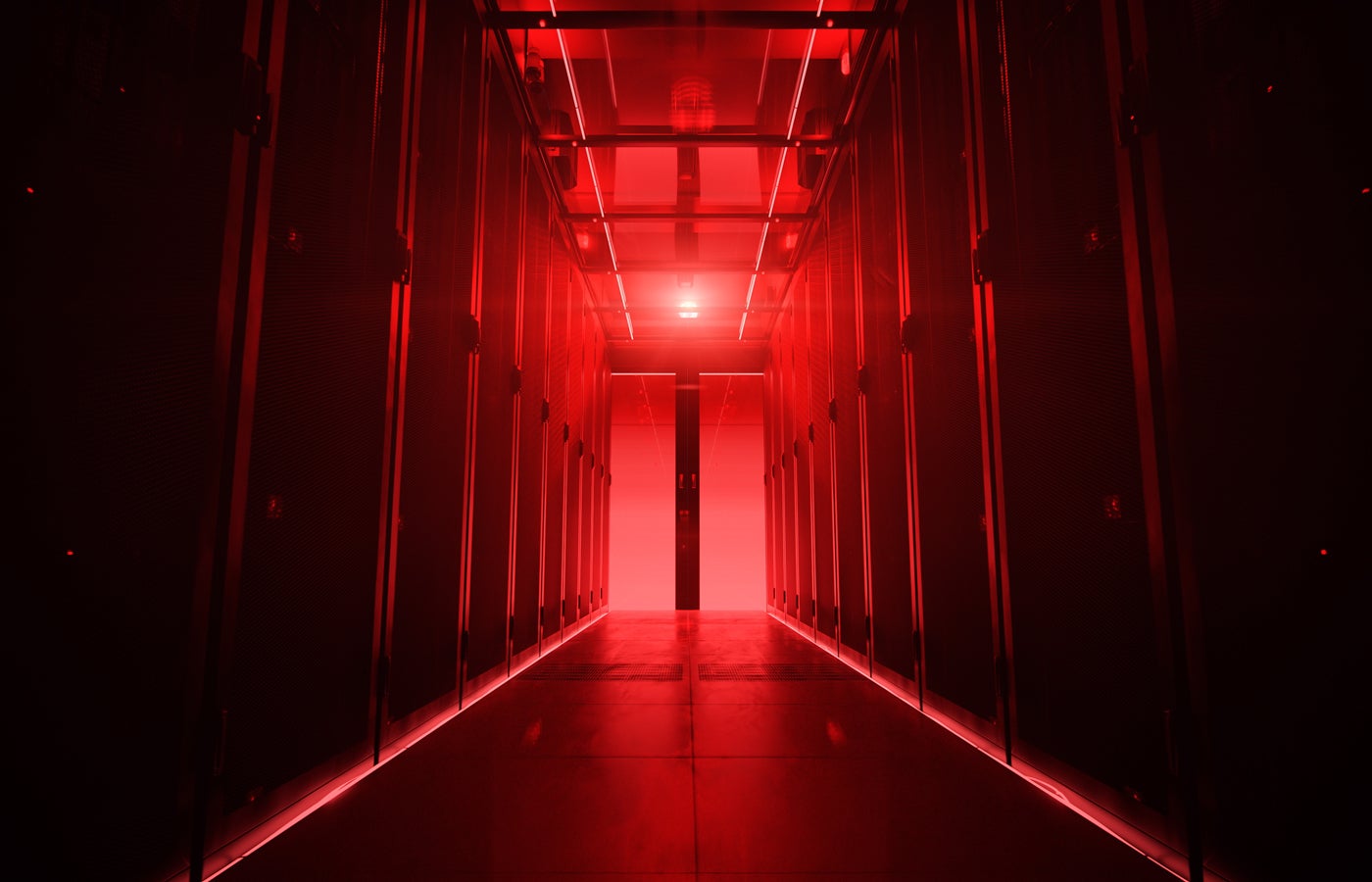The construction of new data centres in the U.K. and Europe is being held up due to insufficient electricity supply. Utility companies in the U.S. have also been struggling to keep up with demand.
David Sleath, chief executive of development giant Segro, said that he would ideally be investing “hundreds of millions and more” into building new data centres, according to The Times. “The single biggest constraint is access to power,” he told the publication.
Segro, which operates 35 U.K. data centres, has had to wait “a number of years” for infrastructure upgrades that boost grip capacity before breaking ground on a planned development.
A National Grid spokesperson told The Times it is connecting data centre developments to the grid “as quickly as possible,” while a government spokesperson said that efforts are underway to push stalled projects forward. The spokesperson added that the National Grid is collaborating with energy regulator Ofgem to update the grid connections process.
Power shortages: A significant area of concern
Power shortages are the top concern for data centre companies globally, including North America, as they make it hard for them to secure capacity. A report from Bain and Company found that utility companies in the U.S. would need to increase their energy generation to up to 26% above the 2023 total to meet the projected demand in 2028.
Indeed, according to the Electric Power Research Institute, data centre power consumption in the U.S. will be more than double what is currently by 2030.
Sleath added that the problem is in its infancy in the U.K., but is gaining significance as the government strives to make the country technologically competitive with the likes of the U.S. and China — a vision for a “U.K. success story.”
Indeed, there is evidence that the country’s tech sector is currently stagnating. Research has revealed that, this year, the number of tech startups founded in the U.K. has suffered its first “marked decline” since 2022. There were only 11,368 new tech incorporations in the third quarter of 2024, compared with 13,073 in the first quarter — an 11% decline.
SEE: UK Government Announces £32m of AI Projects
UK deems data centres critical, piling pressure on the Grid
Data centre demand is skyrocketing worldwide to facilitate AI training and the expansion of cloud services that host the models. In September, the government announced that data centres are now deemed critical national infrastructure.
The government alluded that this change was made to help boost the country’s security as they become increasingly important to the smooth operation of essential services, as demonstrated by July’s CrowdStrike outage.
However, according to Ishmael Burdeau, a civil servant responsible for the government’s Net Zero strategy, it also means that planning restrictions surrounding their development have been relaxed, so more can be greenlit.
As per the The Register, he said the designation allows the government to “override local opposition to datacenters,” which is generally based on their power and water consumption, noise, and environmental destruction.
Shortly after, the government announced that four U.S. tech firms had committed to investing £6.3 billion in U.K. data centres, providing the country with “the necessary infrastructure to train and deploy the next generation of AI technologies.”
SEE: Microsoft Bets Big on UK AI with $3.2bn Investment
Power demands could scupper Europe’s environmental goals
Failing to meet the electricity demands of data centres could spell doom for the environment. A Morgan Stanley report from September suggested that the facilities will produce 2.5 billion tons of carbon by the end of the decade, three times higher than if the generative AI boom had never happened.
SEE: Sending One Email With ChatGPT is the Equivalent of Consuming One Bottle of Water
In July, Google revealed that the expansion of its data centres to support AI developments contributed to the company producing 14.3 million tonnes of carbon dioxide equivalents in 2023. This marks a 48% increase compared with the 2019 figure and a 13% rise since 2022.
The E.U. has a goal of reducing the region’s 2030 greenhouse gas emissions to at least 11.7% lower than what was projected in 2020, on top of becoming climate neutral by 2050. However, these targets may well be scuppered; a report published by McKinsey this week found that, by 2030, demand for bit barns in Europe will triple, increasing their share of the region’s total energy demand by 3%.
Like the U.K., Europe is also facing challenges when it comes to generating the electricity the data centres need.
“These include limited sources of reliable power, sustainability concerns, insufficient upstream infrastructure for power access, land availability issues, shortages of power equipment used in data centers, and a lack of skilled electrical tradespeople for building facilities and infrastructure,” the McKinsey analysts wrote.
Data centres don’t just need electricity to power servers, as significant energy also goes toward cooling systems to manage the heat generated by dense hardware. AI chips create even more heat because they require extreme processing power, so designers have been asking equipment suppliers to lower the temperature of the water used for cooling.
Michael Winterson, chair of the European Data Center Association, told CNBC this week that lowering water temperatures will “fundamentally drive us back to an unsustainable situation that we were in 25 years ago.”

